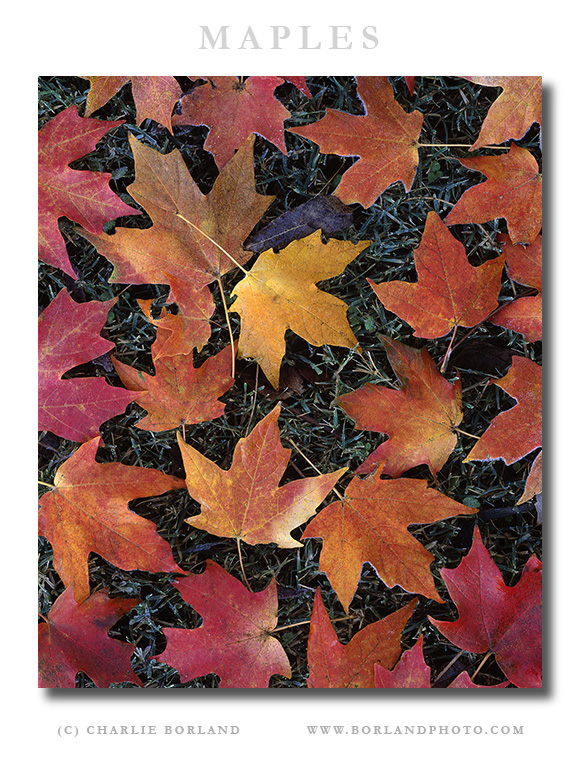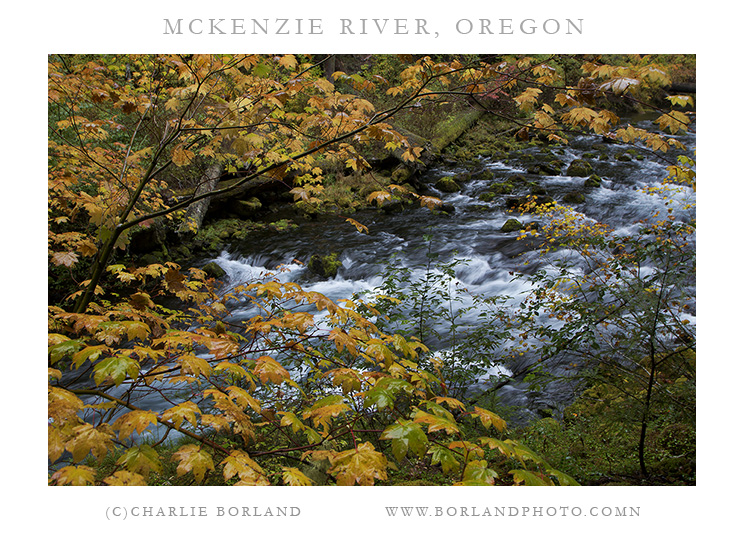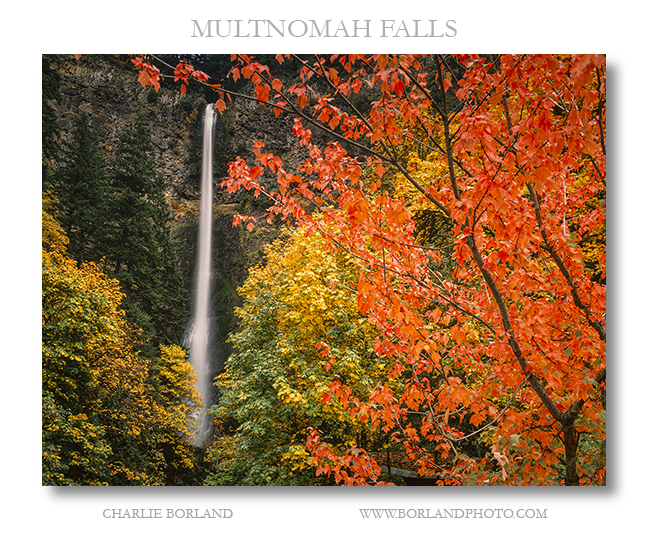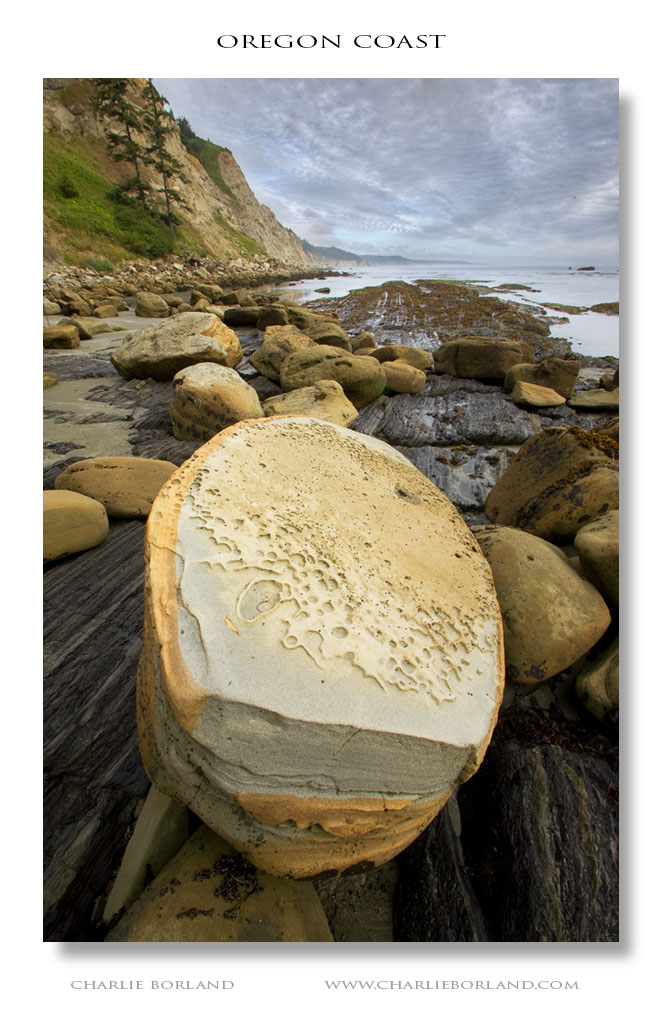It seems late in the summer, that the world is on fire. That is probably an exaggeration, but in the Western US where I am, there are wildfires everywhere and the forest fire smoke has been thick as fog lately.
While late summer is not the best time to photograph many of the iconic locations around here, the smoke has made it hardly worthwhile to venture out. But yesterday I hooked up with a photographer visiting from the east coast and I wanted him to see our iconic locations.
So we went anyway to Sparks Lake, our most iconic location around here, and sure enough the smoke was thick. I was not motivated to shoot when I got there but then I started to frame some scenes and realized that while this unfortunate smoke was ruining a scene that I have shot countless times, it was creating a whole new view of the mountain and lake reflection, that I never see or photograph.
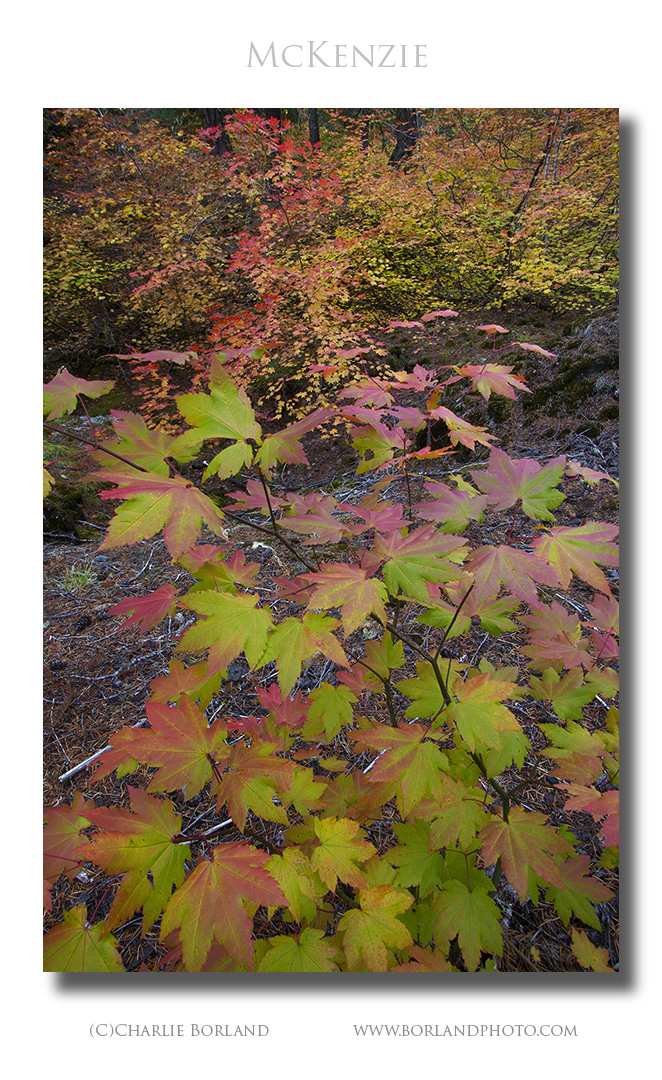 When photographing wide-angle landscapes, often the goal is to make sure everything is in sharp focus. The reason is that usually, we do not like to look at out of focus areas of our scenes. While that shallow depth of field can be a powerful technique to get viewers to look at something in your composition that deserves all the attention, wide-angle landscapes can be more powerful when everything is sharp.
When photographing wide-angle landscapes, often the goal is to make sure everything is in sharp focus. The reason is that usually, we do not like to look at out of focus areas of our scenes. While that shallow depth of field can be a powerful technique to get viewers to look at something in your composition that deserves all the attention, wide-angle landscapes can be more powerful when everything is sharp. When photographing wide-angle landscapes, often the goal is to make sure everything is in sharp focus. The reason is that usually, we do not like to look at out of focus areas of our scenes. While that shallow depth of field can be a powerful technique to get viewers to look at something in your composition that deserves all the attention, wide-angle landscapes can be more powerful when everything is sharp.
When photographing wide-angle landscapes, often the goal is to make sure everything is in sharp focus. The reason is that usually, we do not like to look at out of focus areas of our scenes. While that shallow depth of field can be a powerful technique to get viewers to look at something in your composition that deserves all the attention, wide-angle landscapes can be more powerful when everything is sharp.
